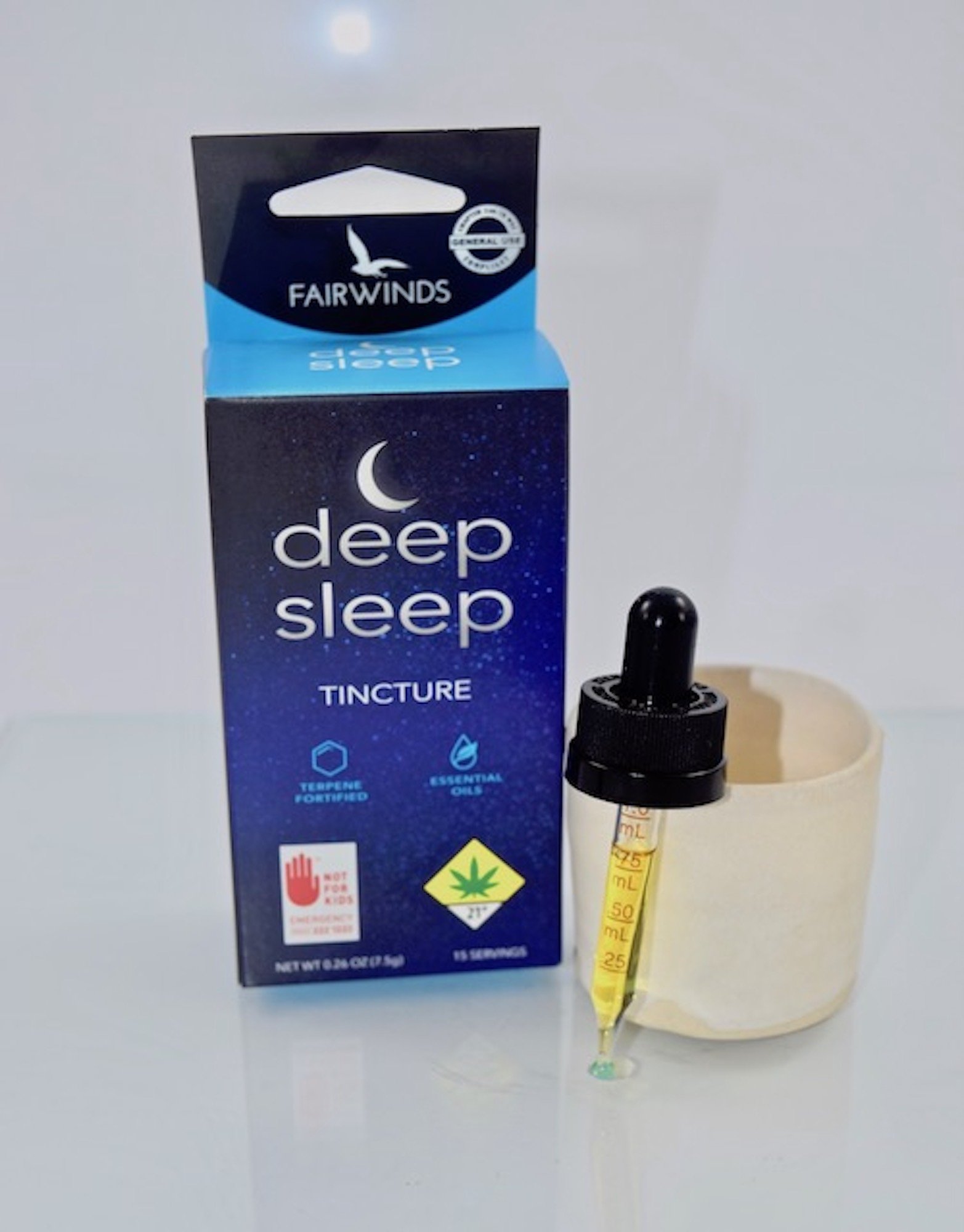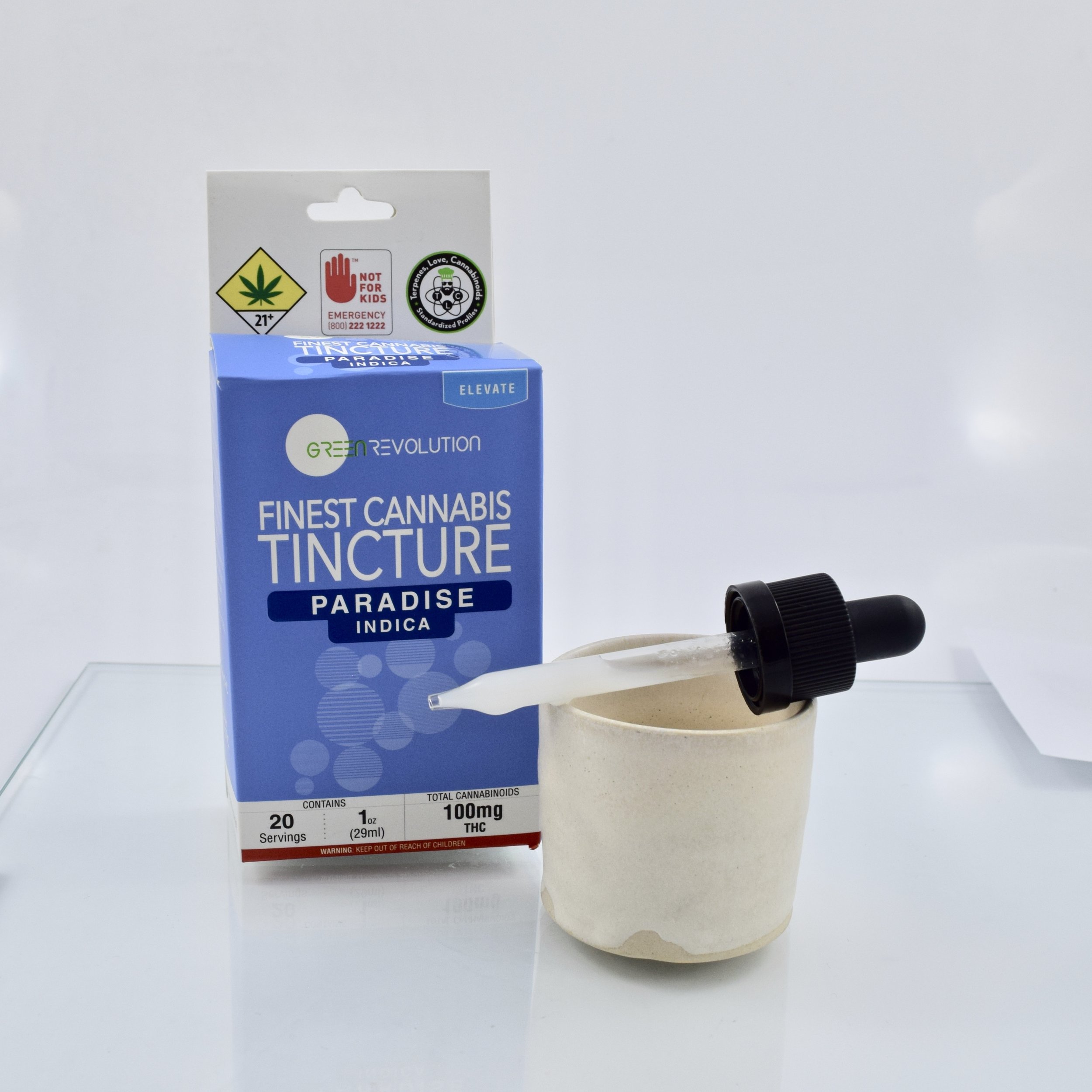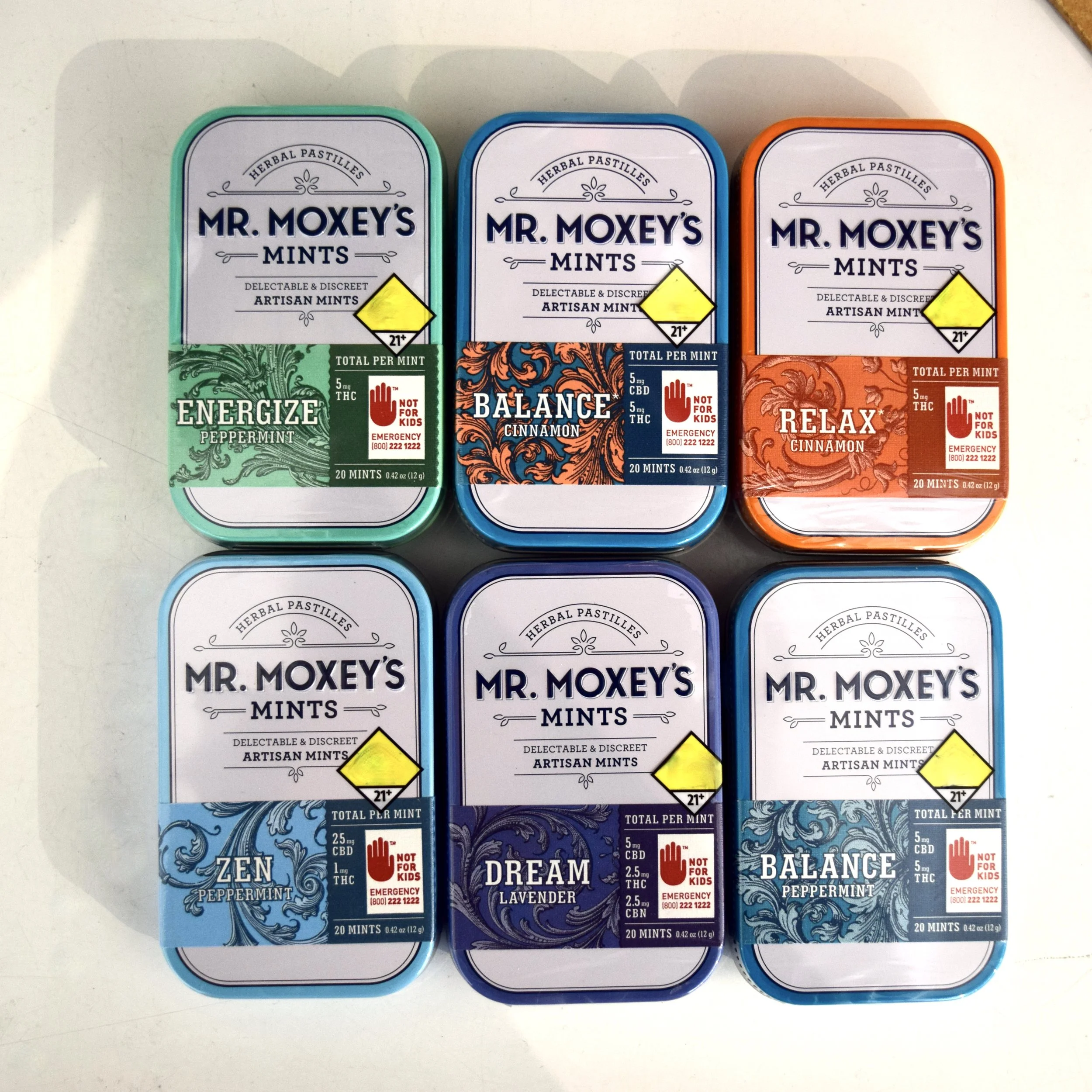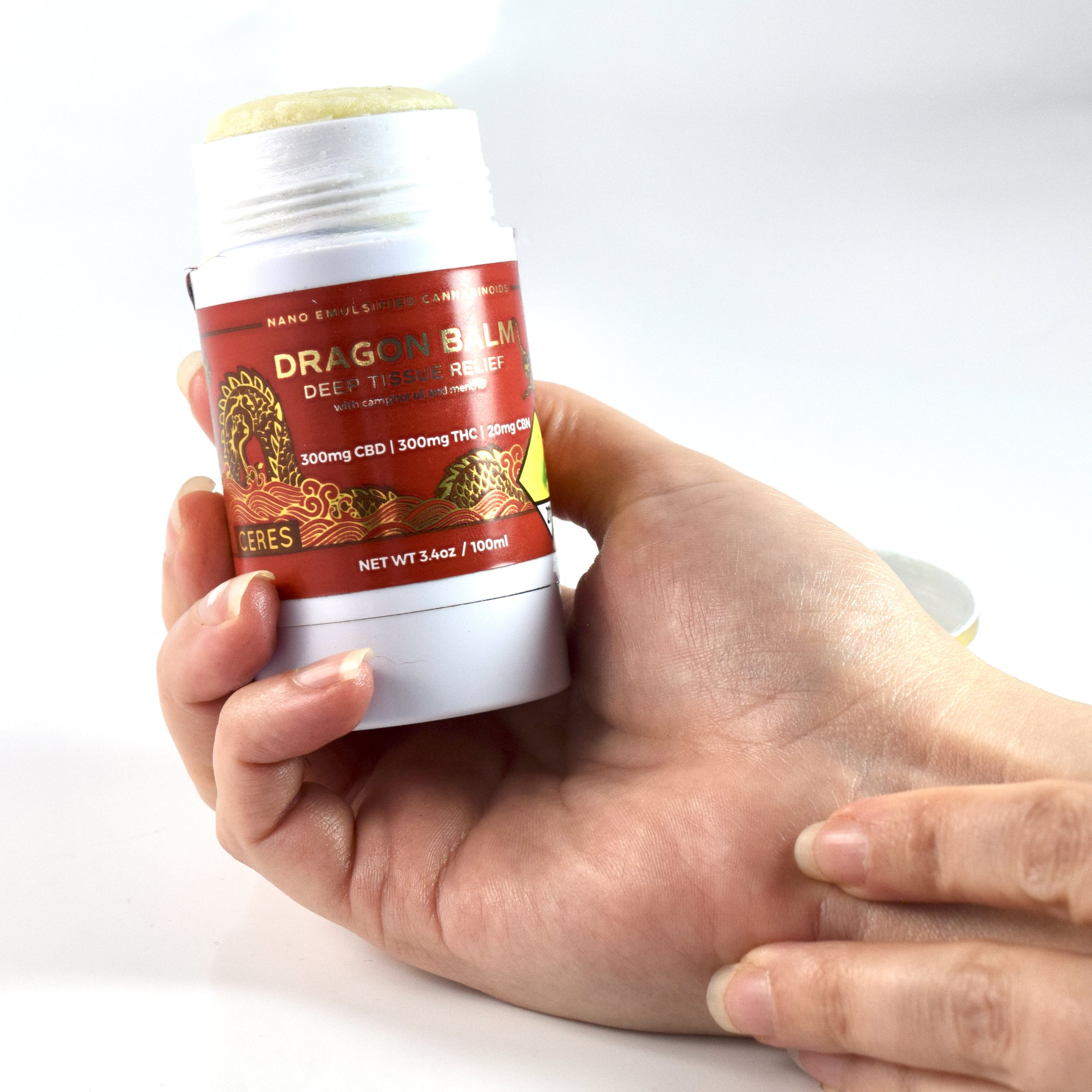Cannabis Microdosing: What is it and how does it work?
by Jeff Eckenrode, Chief Operations Officer
For many experienced cannabis users, finding products with the highest THC percentages is a top priority. If that’s what you’re seeking, then you need to look no further than our Hashtag Seattle, Hashtag Redmond and Hashtag Everett menus to find the finest, most potent products around.
But if you are new to cannabis or are just looking to dip your toes into using cannabis after a break, consuming less cannabis can be a far better choice than consuming more.
This tactic, called “microdosing,” is a growing trend as cannabis consumption becomes more widespread and socially accepted.
But what is microdosing? How does it work? And why could it be right for you?
What is microdosing?
Unlike traditional cannabis dosing, which often focuses on producing intoxicating effects, microdosing refers to inhaling or ingesting small amounts of cannabis to reap the therapeutic benefits of THC while avoiding or minimizing its intoxicating effects.
Historically, microdosing has been associated with hallucinogens like LSD. However, unlike LSD (whose effects are very, very different from cannabis), emerging research and anecdotal evidence suggests that the threshold for experiencing the therapeutic benefits of THC is much lower than many experts previously thought.
The key lies in the dose. After all, too much is too much, even of a good thing like cannabis.
Raising the dose of cannabis can often lead to diminishing therapeutic benefits.
While a little cannabis can help reduce anxiety, for example, too high of a cannabis dose can actually increase it.
What can microdosing help with?
Studies show that cannabis can help with a wide range of minor to moderate conditions, including: depression, stress, anxiety, and mild to moderate pain. Microdosing can also help improve focus and help to promote restful sleep.
What’s the right amount to microdose?
One of the primary challenges for new cannabis users is dosing. Too small a dose produces no effect, and too large a dose can produce powerful and undesirable side effects, which can result in anxiety and discomfort.
And different types of cannabis delivery methods--like smoking, vaping, or eating edibles or using a tincture--have different potencies and on-set times (which refers to how long it takes to experience the full effects of a cannabis dose).
Generally speaking, cannabis that is inhaled (like vaporizing cartridges or smoking loose flower and joints) or taken sublingually (like a tincture administered beneath the tongue) has a faster onset time (5-15 min on average) than cannabis that is ingested (like solid or liquid edibles).
Since the onset time for solid and liquid edibles is much longer (like 30 minutes to 2 hours) compared to smoking or vaping, it may take several attempts for a beginner to find the optimal microdose.
This is why the budtenders at Hashtag live by the mantra, “Start low and go slow” when it comes to edible dosing.
Edible doses in small amounts, like 1-2.5 mg servings, administered over a long period of time, are both predictable and effective at maximizing the therapeutic benefits of THC while minimizing the risk of experiencing intoxicating side effects.
What’s the best way to microdose?
That depends greatly on the experience and effects that you’re seeking!
So for a beginner interested in improving their focus or minimizing the symptoms of stress, anxiety and depression, Tinctures, Sprays, and Sublingual Drops like Fairwinds Deep Sleep and Green Revolution’s Paradise tinctures are terrific products for that purpose. They are easy to measure and have relatively rapid onset times.
However, these products can be awkward to use if you’re on-the-go. If portability and discretion is a top priority, then vaporizing cartridges can be a better option.
Like tinctures and sprays, vaporizing cartridges are relatively easy to dose and have rapid onset time. But on top of that, many vaporizing cartridges and batteries like Mfused’s disposable vape pens are small and often thin, so they fit easily into your pocket or purse for discreet transportation.
There’s also little to no odor associated with vaping because there’s no smoke emitted during the process!
Vaping is also hassle-free, which makes it a great option for those who are just getting started using cannabis and don’t know what dose is ideal for them yet.
But those are not the only ways one can (or should) microdose!
Low-dose edibles like Moxey’s Mints and topicals like Ceres’ Roll-On Dragon Balm can be especially effective at therapeutic benefits over a longer period of time than vaporizing or tinctures. This makes these products ideal for those looking for relief from chronic pain or individuals looking for a more restful night’s sleep.
Can CBD help with microdosing?
While microdosing generally refers to THC, it can be great for CBD as well.
That’s because THC and CBD are both cannabinoids which bind to receptors in the brain. When too many THC molecules bind to these receptors, there can be adverse effects like anxiety and a higher-than-normal heartbeat (just check out our blog post on the topic of getting too high).
However, when CBD is used alongside THC, it can prevent THC from being taken up or broken down by the body, minimizing the adverse effects associated with high doses of THC.
Products with a 1:1 ratio of THC and CBD are perfect for microdosing purposes. They maximize the therapeutic benefits of THC while minimizing the risk of intoxicating or adverse effects, even at higher doses.
Cannabis microdosing is a terrific way to experience cannabis, whether you are a seasoned veteran or brand new to it. Check out our Seattle, Redmond and Everett menus, and stop by our stores to find out more and discover the products that are right for you!





